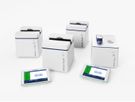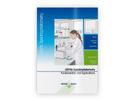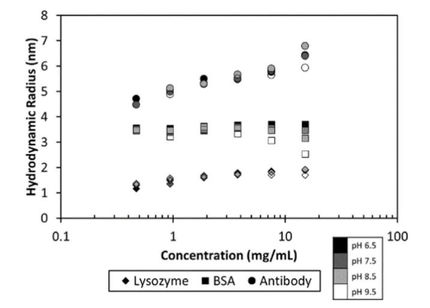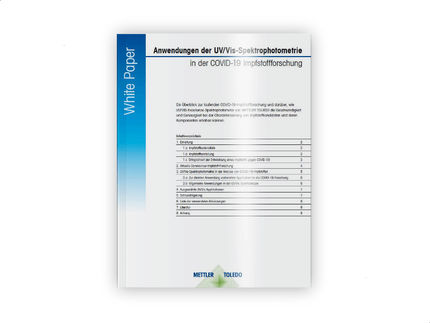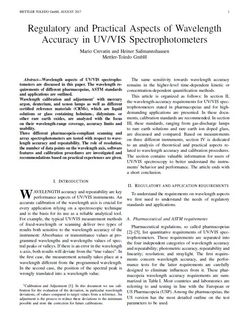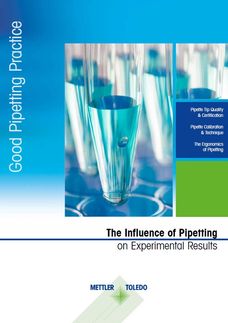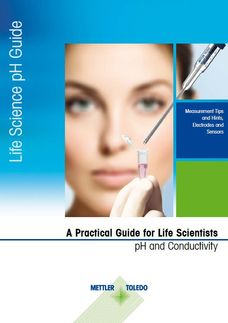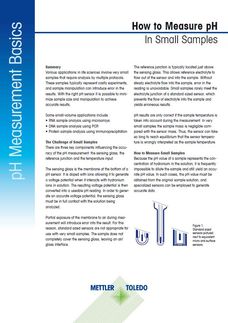Life Science Toolbox for UV/VIS Spectroscopy
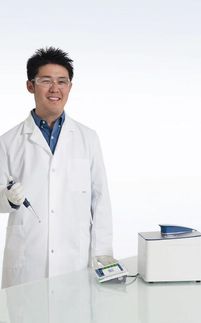
UV/VIS Life Science Applications in a Nutshell
UV/VIS Spectrophotometry has become a standard method used on a daily basis in many life science laboratories. This is mainly due to its simplicity; it does not require complex sample preparation, it is easy to perform and results are obtained within seconds.
A typical measurement requires only a small amount of sample, and as it is a non-destructive method, samples can be used for subsequent analyses. The field of life sciences typically applies UV/VIS spectrophotometry in the analysis of nucleic acids, proteins and bacterial cell cultures.
Our UV/VIS Life Science Applications in a Nutshell guide deepens into the most common applications:
- Concentration determination of nucleic acids – DNA and RNA.
- Purity of nucleic acids.
- Concentration determination of proteins by direct measurement or colorimetric assays, study of enzymatic reactions, and monitoring growth curves of bacterial cell suspensions.
Download white paper now
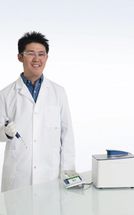
Life Science Toolbox for UV/VIS Spectroscopy
UV/VIS Life Science Applications in a Nutshell
White Paper classification
White papers on related topics
Products on related topics
Manufacturers of similar products
Webinars on related topics
More white papers on the product FastTrack™
See the theme worlds for related content
Topic world UV/Vis spectroscopy
UV/Vis spectroscopy is a powerful tool in analytics. It uses the ultraviolet and visible light spectrum to measure the absorption of molecules, providing insights into their structure and concentration. Whether determining protein concentrations, characterizing compounds or monitoring chemical reactions, UV/Vis spectroscopy provides accurate and reproducible data.
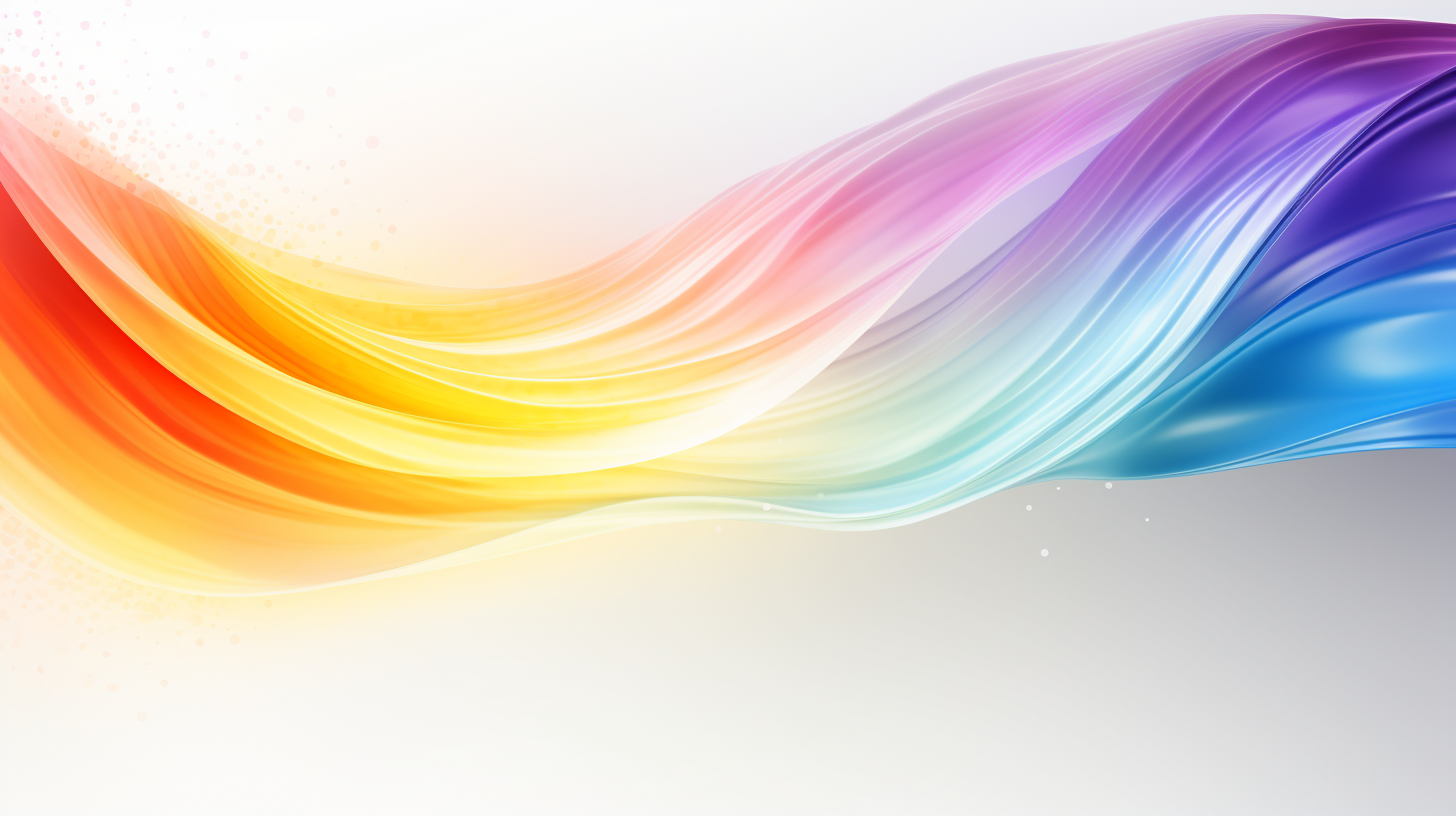
Topic world UV/Vis spectroscopy
UV/Vis spectroscopy is a powerful tool in analytics. It uses the ultraviolet and visible light spectrum to measure the absorption of molecules, providing insights into their structure and concentration. Whether determining protein concentrations, characterizing compounds or monitoring chemical reactions, UV/Vis spectroscopy provides accurate and reproducible data.

